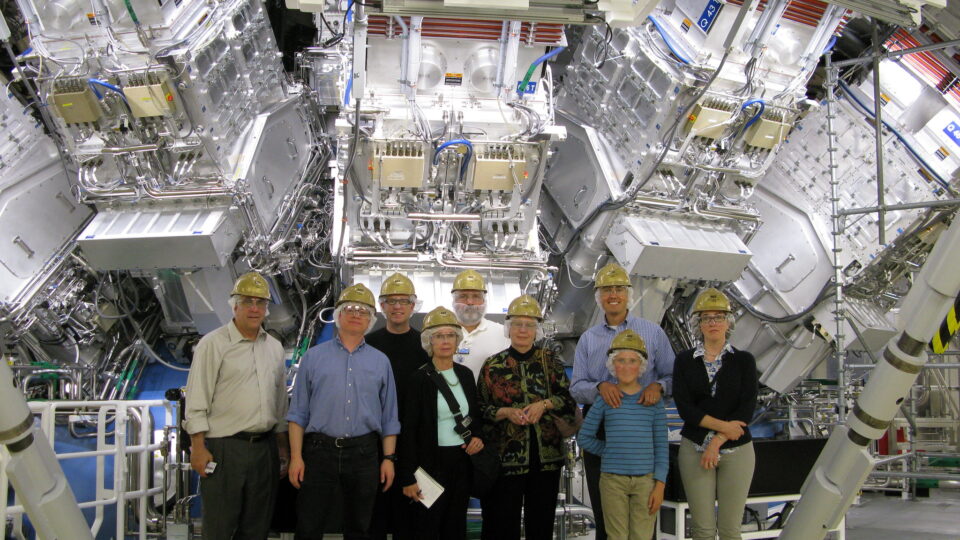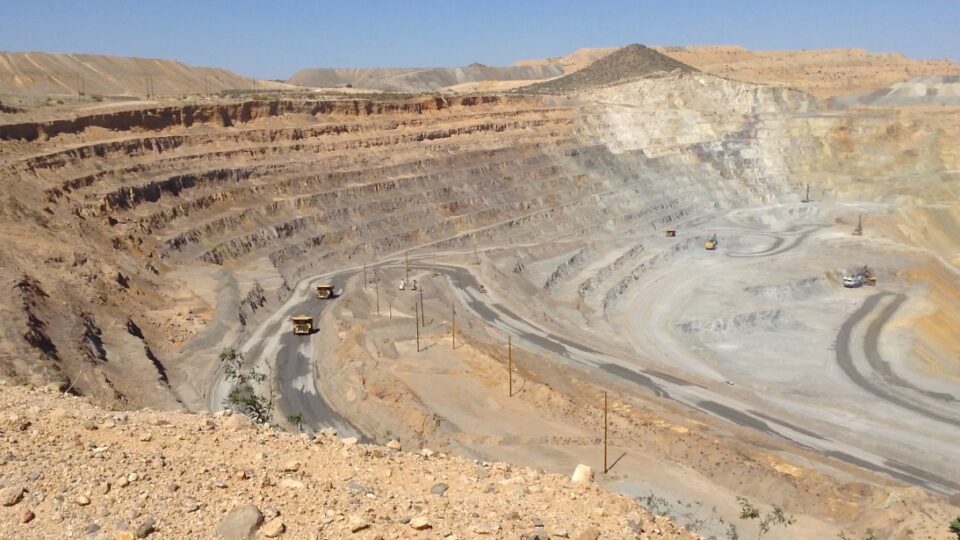In December, the Department of Energy announced that scientists at Lawrence Livermore National Laboratory in California had achieved a breakthrough in nuclear fusion technology. Fusion is the process by which the sun generates energy. If we had the means to produce nuclear fusion in a controlled fashion, it would be an almost limitless source of clean energy.
Scientists have been trying to develop controllable fusion since the advent of the hydrogen bomb in the 1950s. H-Bombs are basically uncontrollable fusion.
There are massive experiments under development around the work seeking the means to create and control fusion. There are multi-billion-dollar projects such as the ITER tokamak project in southern France, that have been ongoing for decades. Colossal equipment is required to produce the temperatures of millions of degrees needed to fuse hydrogen atoms into helium atoms.
The Livermore project uses 192 powerful laser beams to vaporize a tiny pellet and provide the energy required to initiate fusion. The breakthrough is that the experiment released more energy than the lasers put in. This was the first time a fusion experiment produced a net gain of energy.
Is fusion the solution to de-carbonizing the energy system? Perhaps someday it might be. However, even the most optimistic fusion researchers believe it will be at least another decade before even the experimental fusion systems around the world can reliably produce energy and the efforts will cost untold billions of dollars.
The world cannot wait for fusion power to save the day. The focus must remain on currently available renewable energy technologies if we are to achieve the necessary emission reductions in time to prevent the worst effects of climate change.
**********
Web Links
Can Fusion Solve the Climate Crisis?
Photo, posted July 29, 2010, courtesy of Steve Jurvetson via Flickr.
Earth Wise is a production of WAMC Northeast Public Radio.

